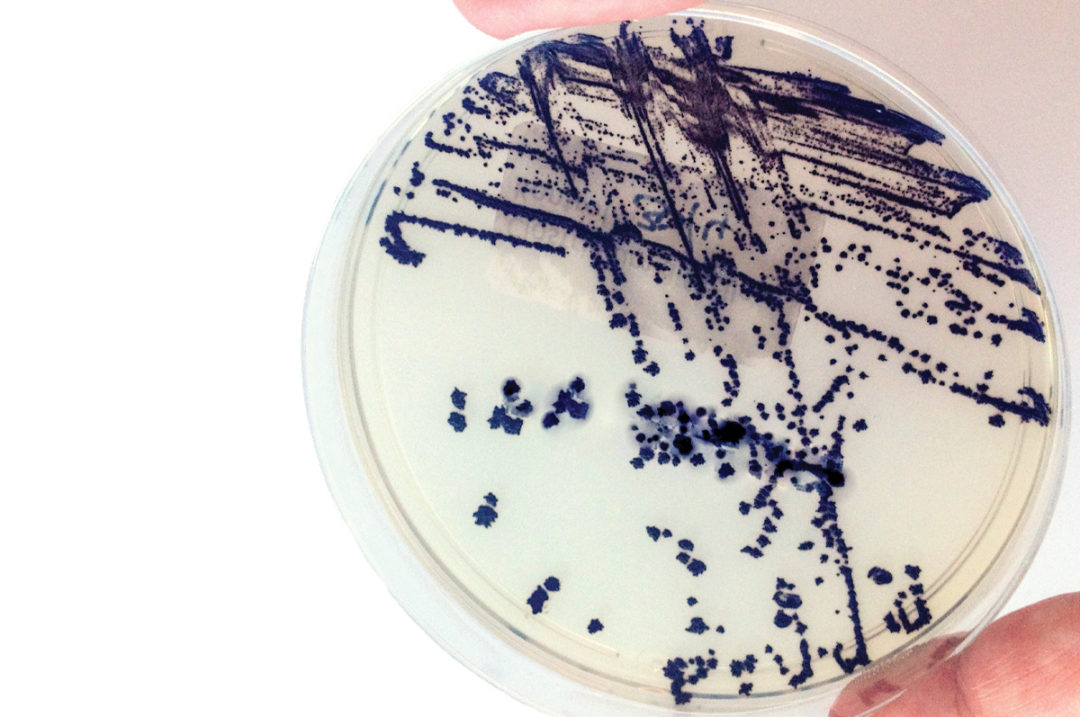Clostridium is a genus of anaerobic, gram-positive, spore-forming bacteria. These organisms can be found in soil and in the intestinal tracts of many, if not all, animals, birds and humans. In healthy beef cattle, a low presence of clostridia in the gastrointestinal tract doesn’t typically cause any problems. However, when cattle are exposed to one or more stressors, such as changes in diet or management, injuries or parasitism, the opportunistic clostridia can become an immediately overwhelming threat, leading to disease and death.
Certain species of clostridium are associated with well-known diseases such as botulism, tetanus, black disease, blackleg, malignant edema and enterotoxemia. From a clinical standpoint, the assignment of clostridia as the causative agent of disorders and death losses can be challenging due to the rapid growth and movement of those organisms throughout the body after death. Luckily for the producer, there are vaccines for many of these diseases that offer some modicum of protection for cattle. However, for other clostridial challenges, proactive measures to prevent their detrimental actions can be the best and only solution.
What can be done to help cattle survive and thrive through various stressors and to overcome opportunistic pathogens such as clostridium?
For cattle to do well, they obviously need to consume adequate amounts of feed and water. More specifically and importantly, they need to be able to properly digest the nutrients in their feed and to absorb those nutrients into their bodies. This requires a properly functioning, normal, healthy rumen and post-rumen digestive tract. Second, they need to be able to defend themselves against microbial challenges like clostridial infections if and when they arise. This requires a properly functioning barrier and immune system, which also reside in the post-rumen digestive tract. We have tremendous evidence that daily feeding of an effective probiotic product supports all the normal functions of the gut, including digestion, absorption, barrier and immune functions – enabling cattle to get what they need from their feed, to defend themselves against internal attackers and to ultimately thrive.
So, what makes a probiotic effective?
Probiotics are living organisms that confer a health benefit on their host when fed in adequate concentrations. When it comes to the relative efficacy of probiotics, there are two things to remember: strain and modes of action. Strain is the zoological classifying term that comes after genus and species. For example, for the bacterium Bacillus subtilis CH201, Bacillus is the genus, subtilis is the species and CH201 is the strain. Practically speaking, a strain of bacteria is an individual organism, with its unique genetic makeup and all of its trillions and trillions of identical copies.
We seek to find and use the strains that are best equipped to confer a benefit on their host. Best equipped refers to the modes of action that a strain of bacteria brings to bear as it interacts with the feed, other microorganisms and the host. These modes of action include, but are not limited to:
- Production of digestive enzymes
- Supporting proper development of the absorptive surfaces of the rumen and intestines
- Direct inhibition of potentially harmful organisms
- Indirect competitive exclusion
- Durable positive changes in the gut microbiota
- Supporting proper quality of cell-to-cell tight junctions and other barrier functions in the intestines
- Supporting normal immune functions
In summary, clostridia are insidious organisms that lie in wait for the opportunity to cause physical problems for your cattle and management problems for you. Adding an ounce of prevention in the form of a daily feeding of an effective probiotic can help prevent the pounds of losses that are likely to occur when stressful conditions present themselves. Using the power of good bacteria is in the best interest of every beef cattle producer, manager and nutritionist.










